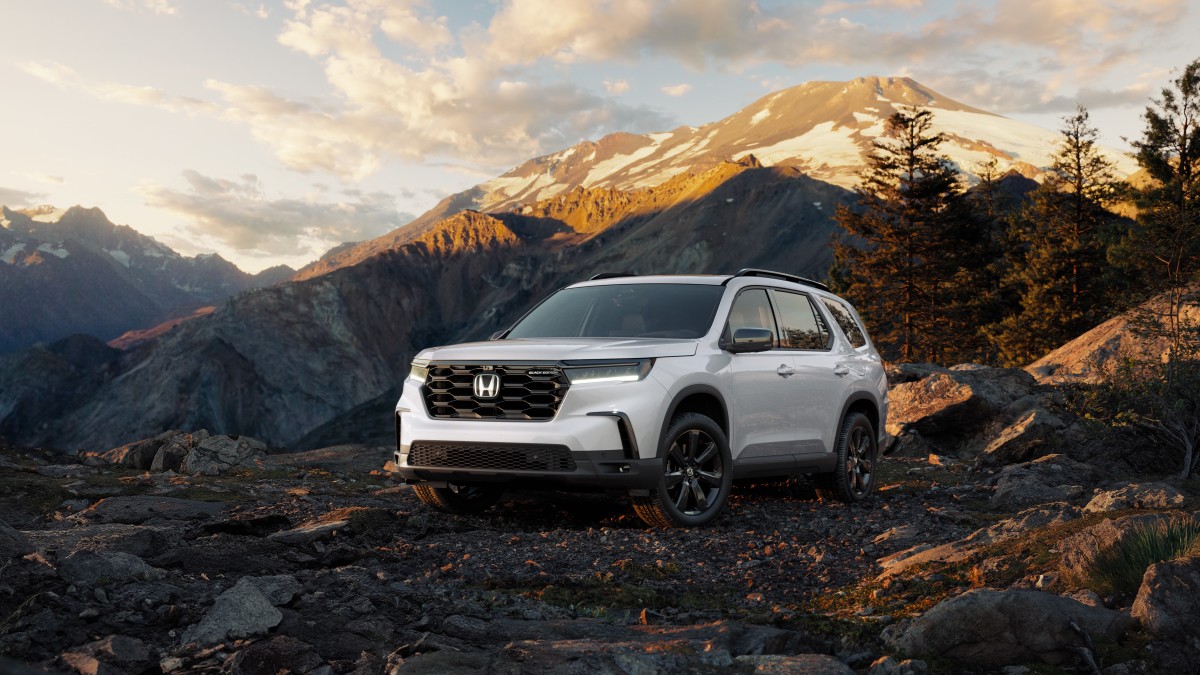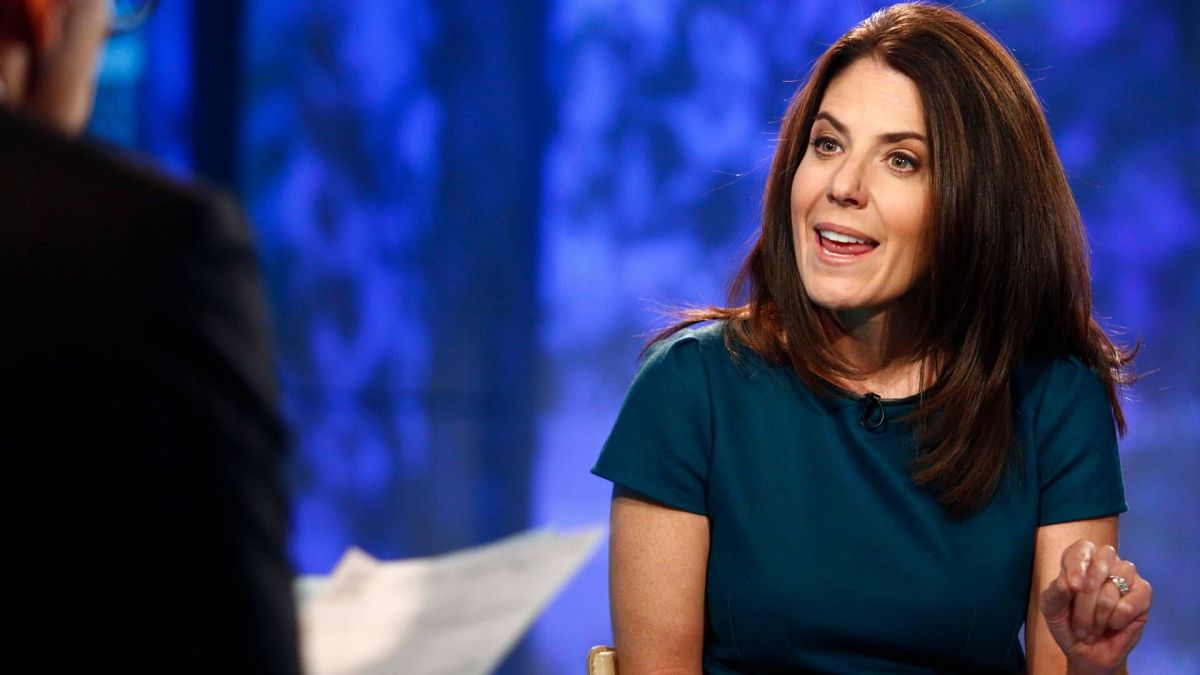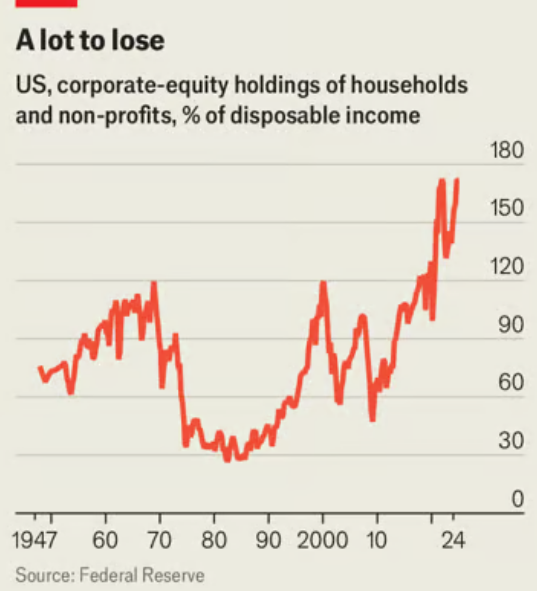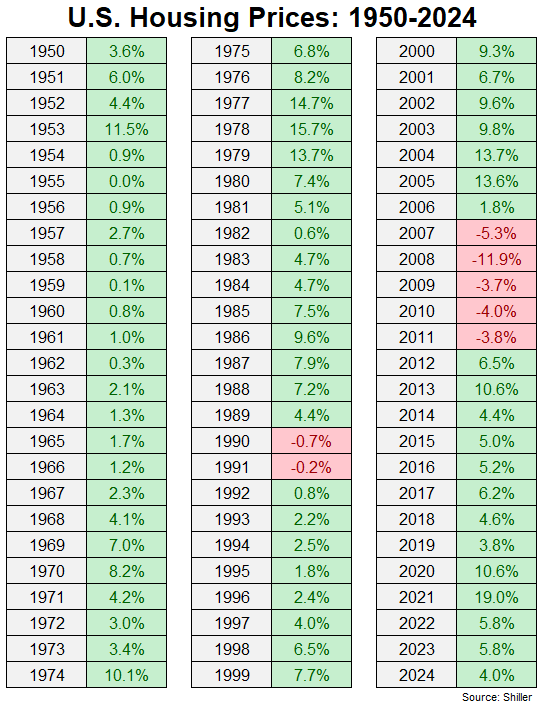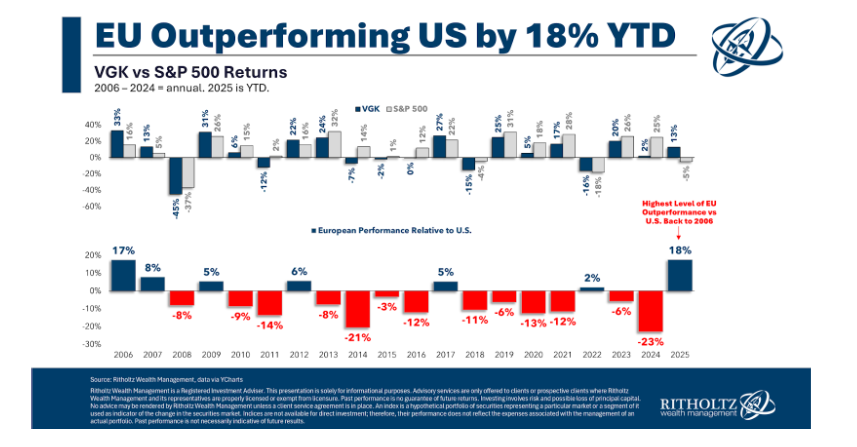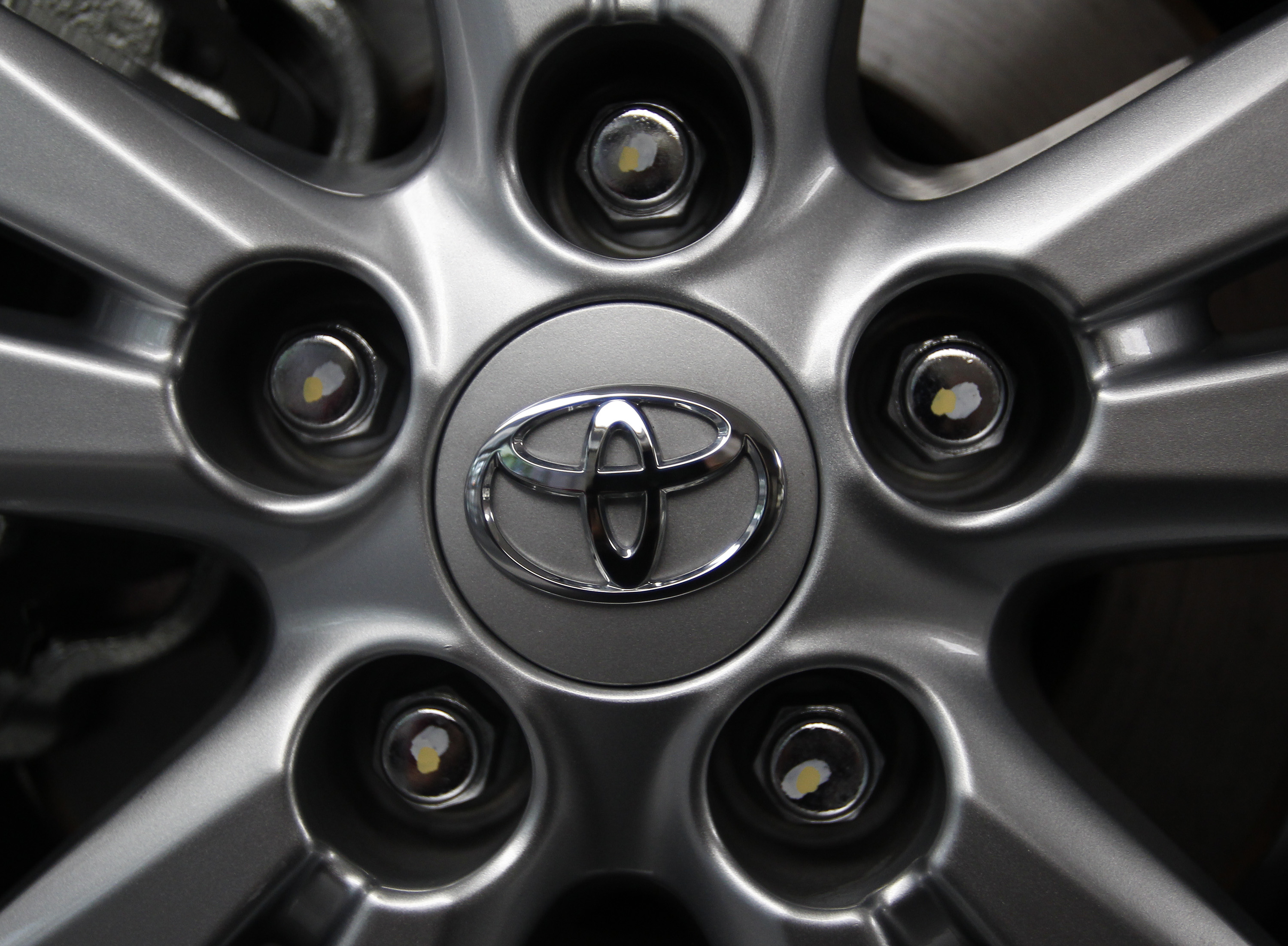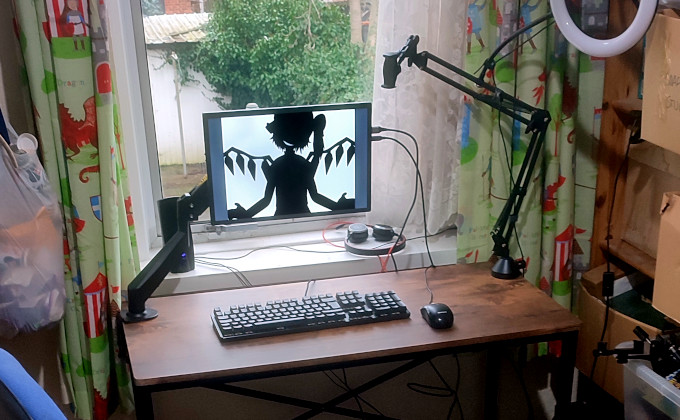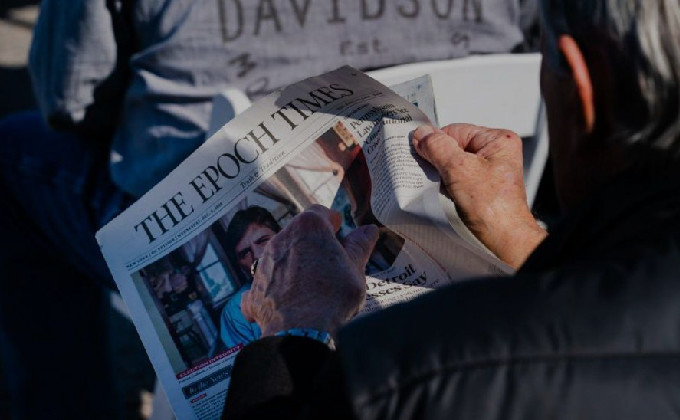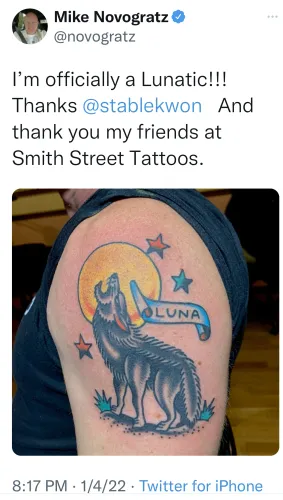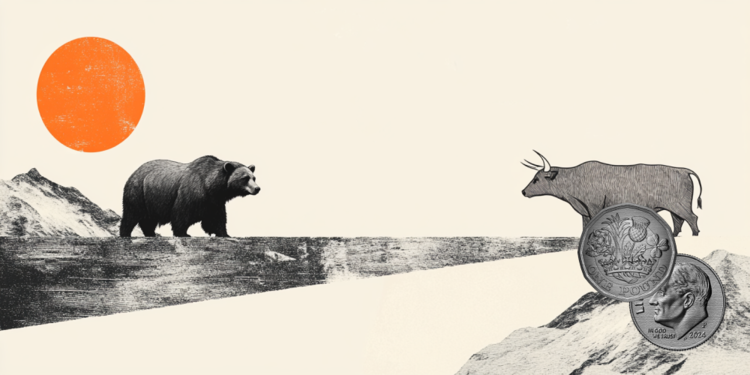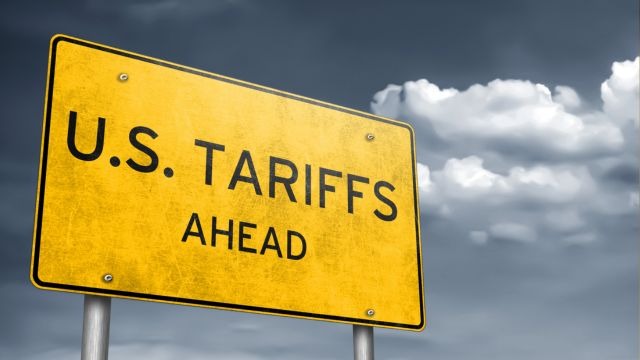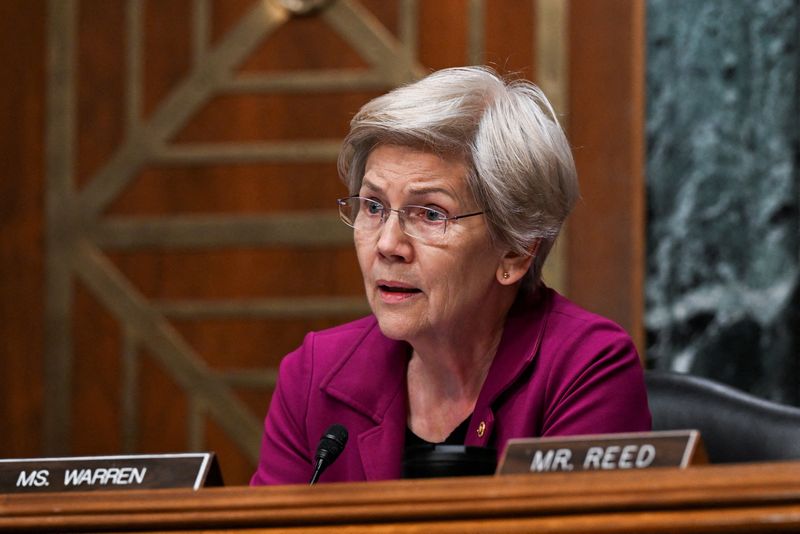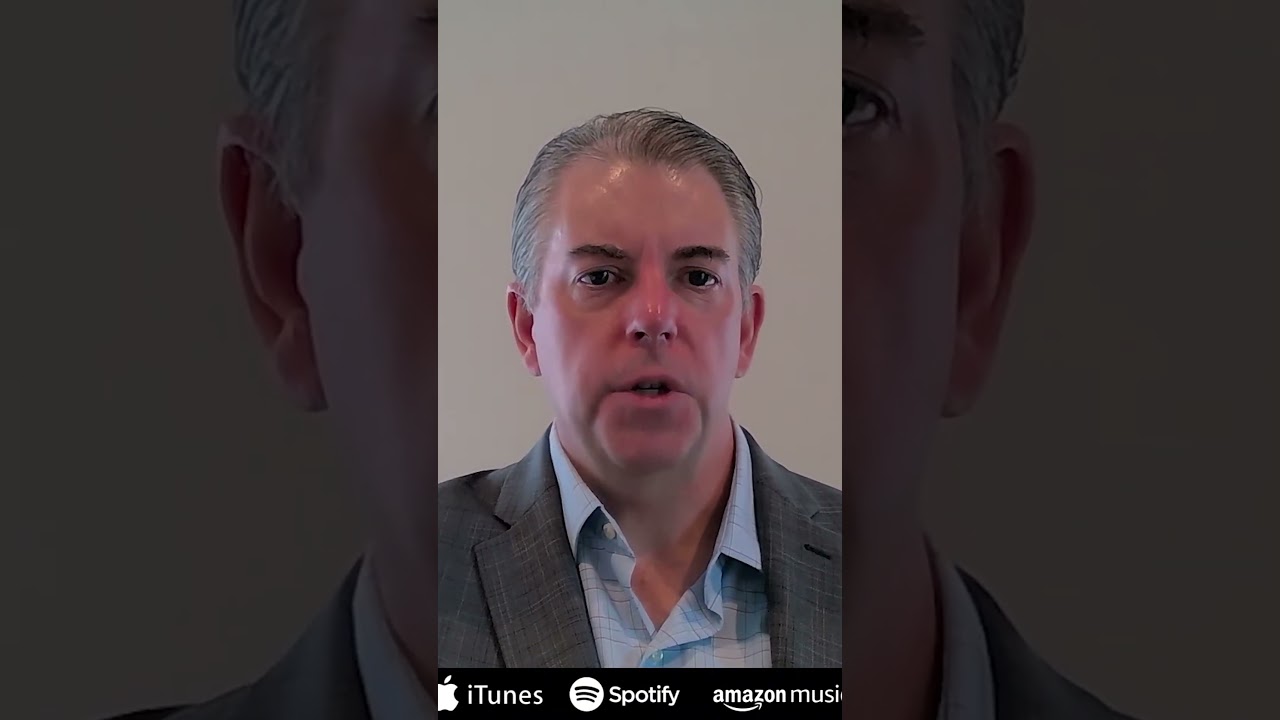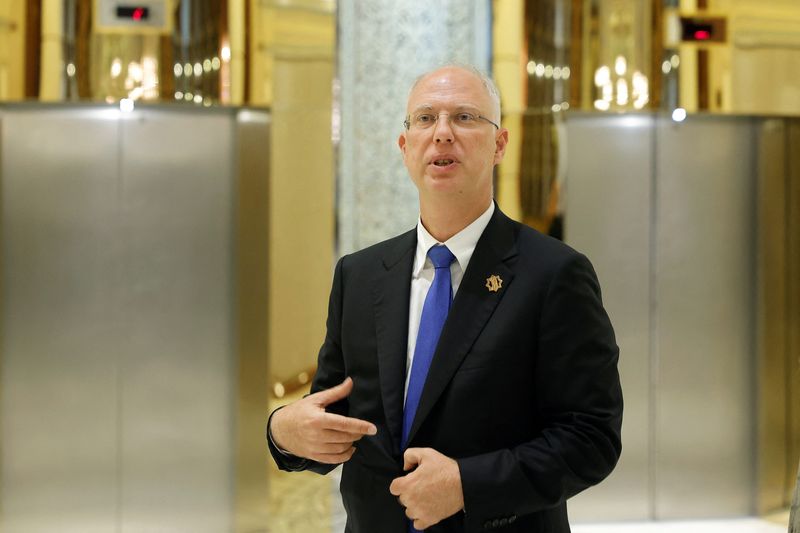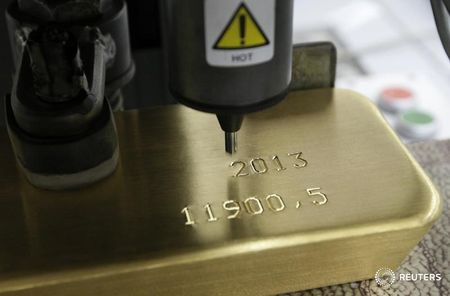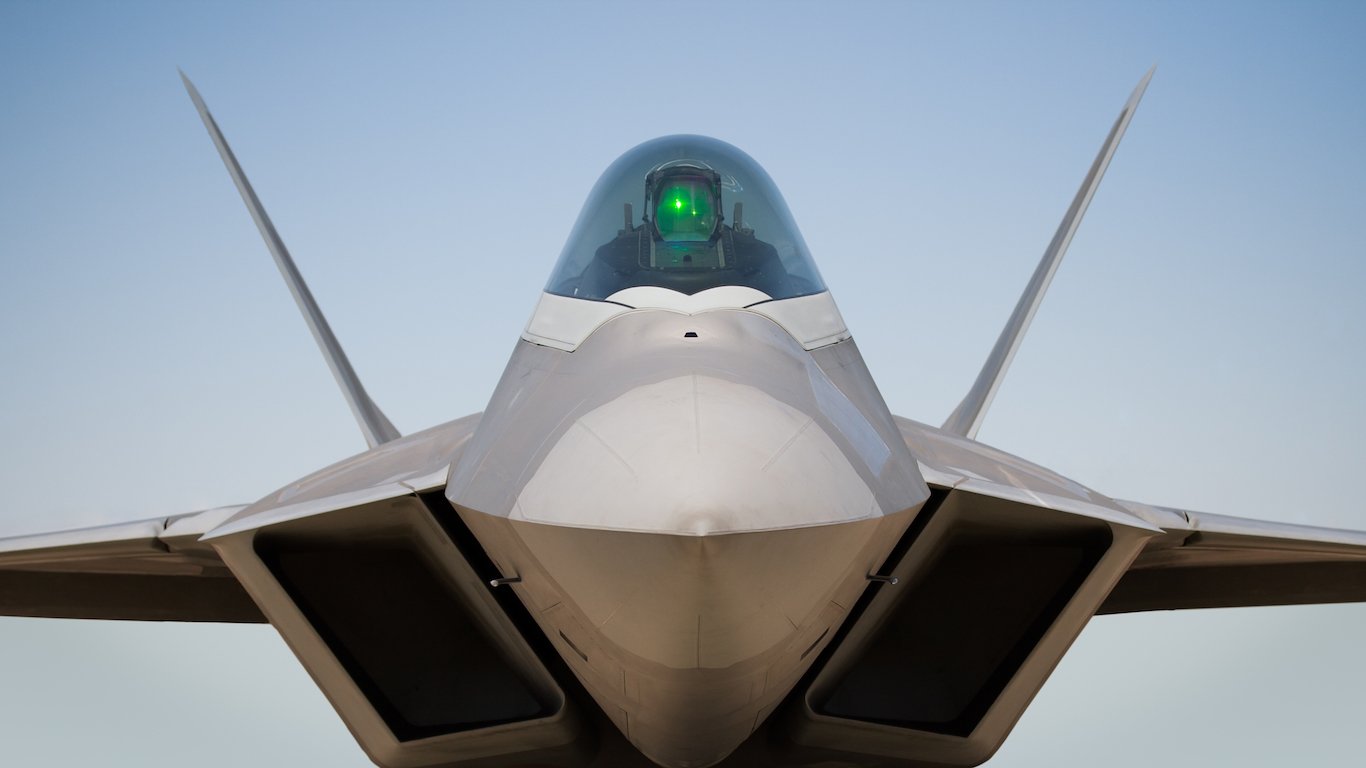Why Does California Get an A in Gun Control?
Judge Lawrence VanDyke of the U.S. Court of Appeals for the 9th Circuit has recently found himself in hot water following a video he posted in dissent of a policy recently upheld by the Court. California currently bans large-capacity magazines that hold more than ten rounds of ammunition. But this was challenged in Duncan v. […] The post Why Does California Get an A in Gun Control? appeared first on 24/7 Wall St..
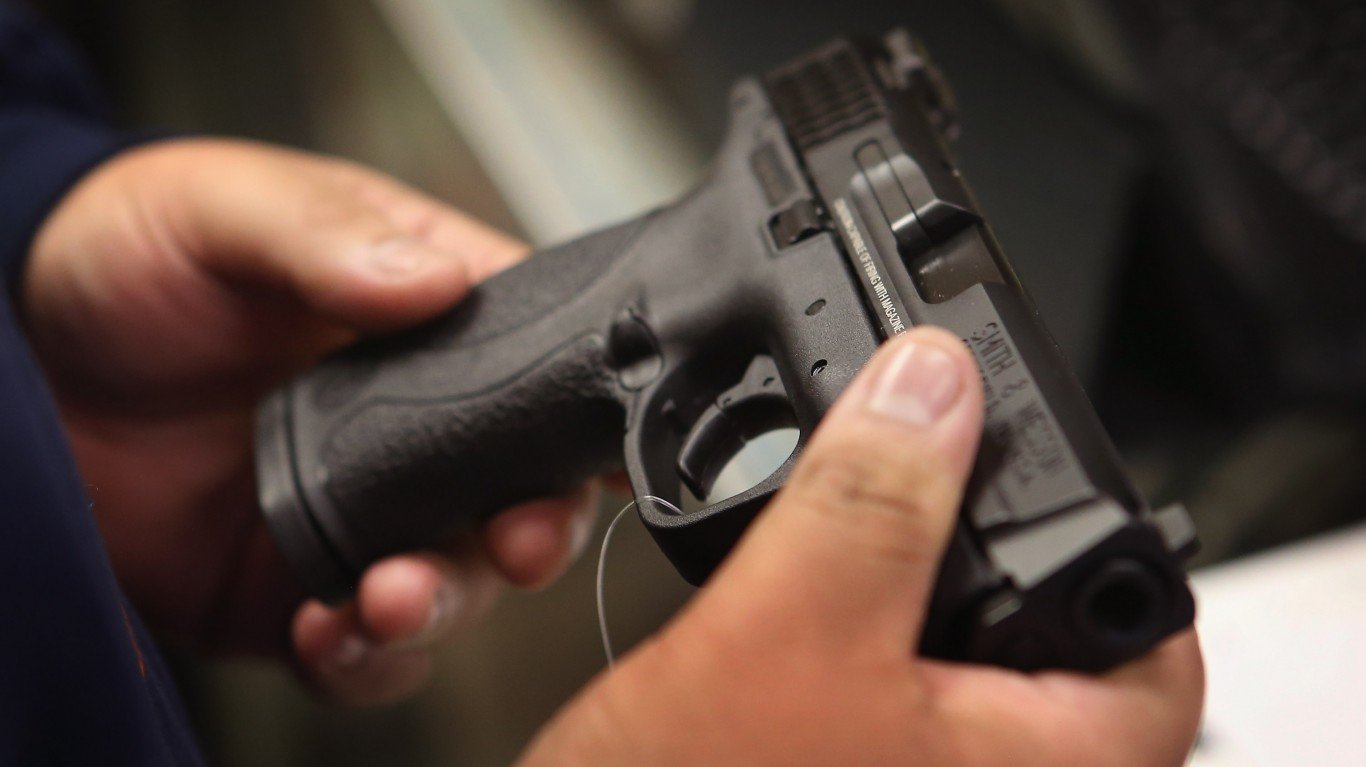
Judge Lawrence VanDyke of the U.S. Court of Appeals for the 9th Circuit has recently found himself in hot water following a video he posted in dissent of a policy recently upheld by the Court. California currently bans large-capacity magazines that hold more than ten rounds of ammunition. But this was challenged in Duncan v. Bonta, where the Plaintiffs argued that the ban was unconstitutional. However, in a 7-4 decision, the Court ruled that the ban was allowed under the Second Amendment as large-capacity magazines couldn’t be considered “arms” or “protected accessories.” Judge VanDyke was infuriated by the move. His dissent video, in which he disassembled several guns, argued that his fellow judges did not understand how guns worked and that large-capacity magazines were incredibly common. While there are some individuals who agree, many people found Judge VanDyke’s video to be inappropriate or crossing a line. (We bet you can’t answer these questions about American gun laws.)
Although there are many people in California who own guns, these individuals are subject to stringent rules and regulations, as California — which earned an “A” on the Giffords Law Center Annual Gun Law Scorecard — remains one of the strictest states in the nation, if not the strictest, when it comes to gun control. Curious about what sets California apart from the rest? So were we — that’s why 24/7 Wall St. used the overview from Giffords Law Center to evaluate California’s gun control laws. While the laws below are not exhaustive, and legal nuances may vary, we explored California’s approach to gun policy in sixteen different areas. The Annual Scorecard was last updated on December 31, 2023. However, 24/7 Wall St. independently verified that all data remains valid today. The laws and policies are listed in no particular order.
This previously published article was updated on March 28, 2025 to reflect recently updated California gun laws, as well as to highlight the court case challenging some of California’s most ingrained gun policies.
Why It Matters Today
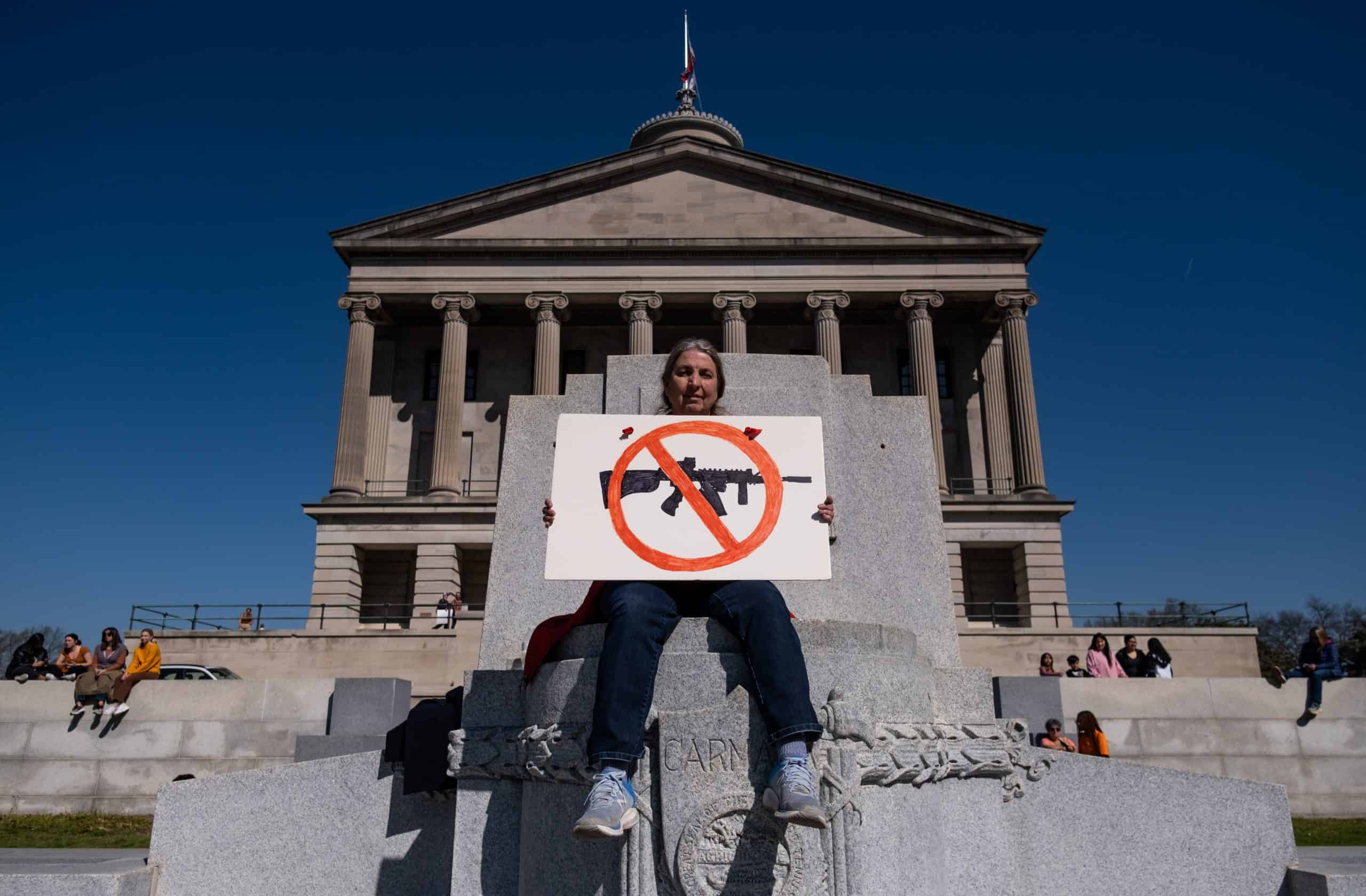
In 2024, there were nearly 500 mass shootings across the United States; so far in 2025, 59 mass shootings have already occurred, according to data collected from the Gun Violence Archive. This includes four incidences in Calfornia, injuring twenty people and killing three. To combat this issue and better protect citizens, several new gun laws went into effect in California in early 2025. By seeing what laws are in place and where California continues to improve its gun laws, you can better understand how California is seeking to reduce violent crime and make communities safer. It’s important to note that each state has the authority to enact its own policies, and that the fedral government has not implemented meaningful gun control reform in quite some time. As such, learning California’s policy approach also allows you to compare Californian measures to the rest of the country.
Check out California’s approach to 16 key gun control policy areas:
1. Universal Background Check Laws
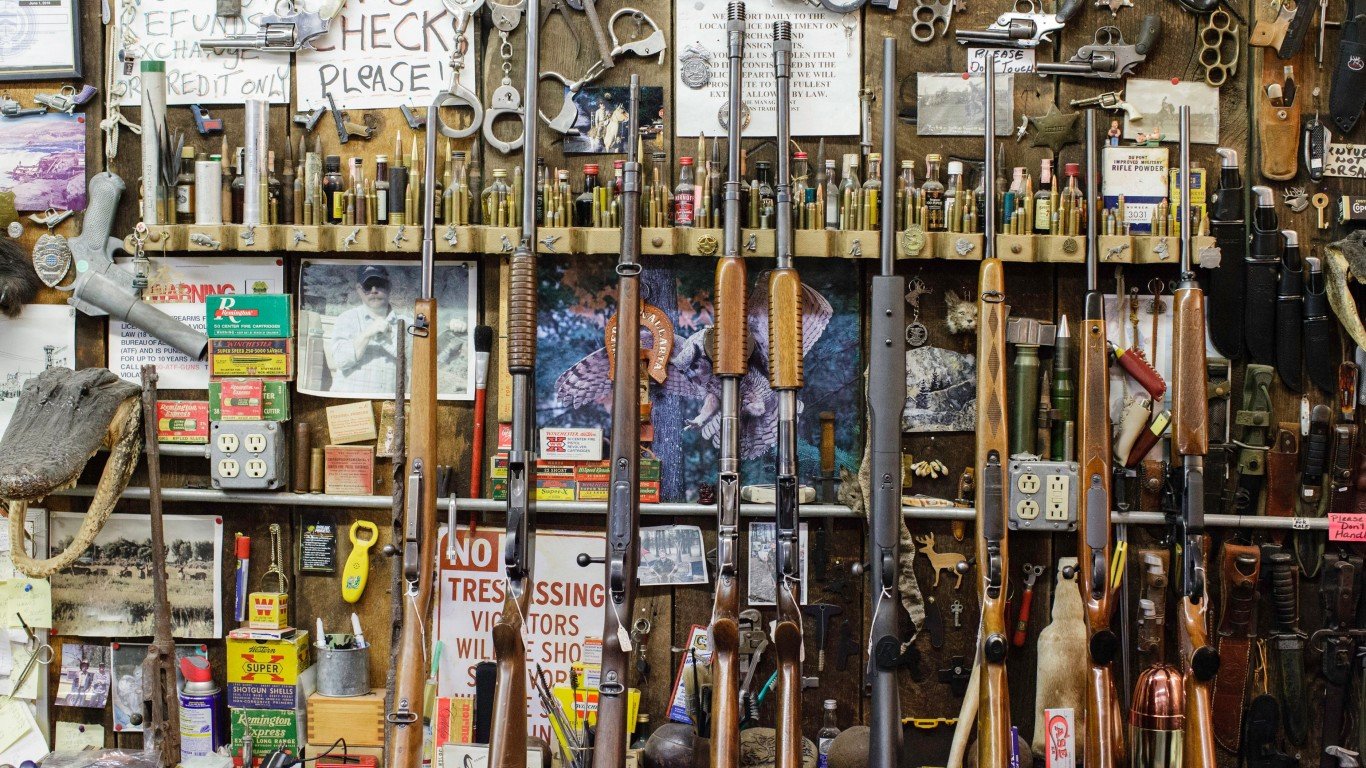
- State policy: All gun buyers must undergo a background check before obtaining a firearm from a licensed retailer — but in many states, transfers made from unlicensed retailers are exempt from federal background check requirements. California is one of several states that has closed this loophole, with universal background check laws that cover both licensed and unlicensed dealers.
2. Mental Health Reporting

- State policy: California is required to report individuals involuntarily committed to undergoing mental health treatment, as well as those under 18 years of age who are living with a guardian to help manage their affairs, to federal background check databases.
3. Concealed Carry of a Firearm
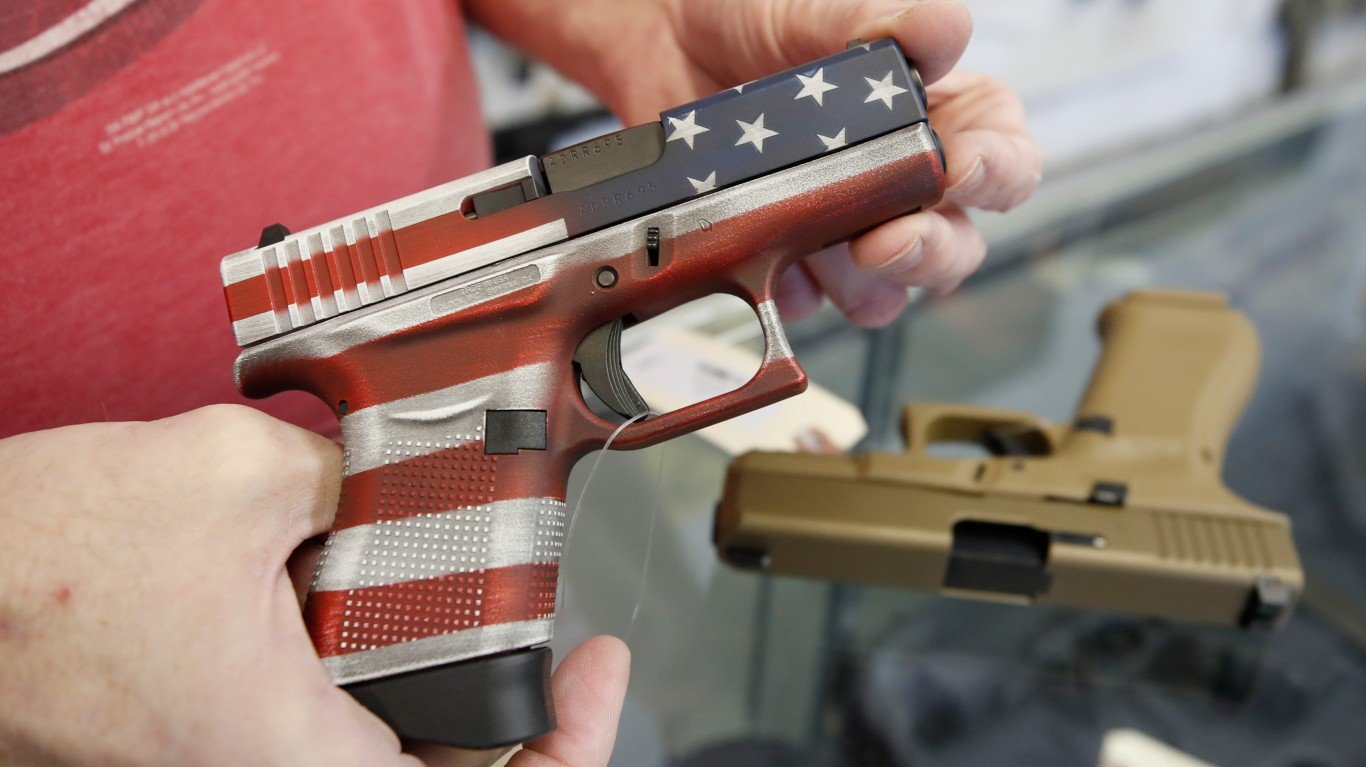
- State policy: A Concealed Carry Weapon (CCW) license is required to lawfully carry a concealed firearm in public places in California. Individuals must be 21 years old or older and complete a firearms course before receiving this license.
4. Handgun Open-Carry Regulations
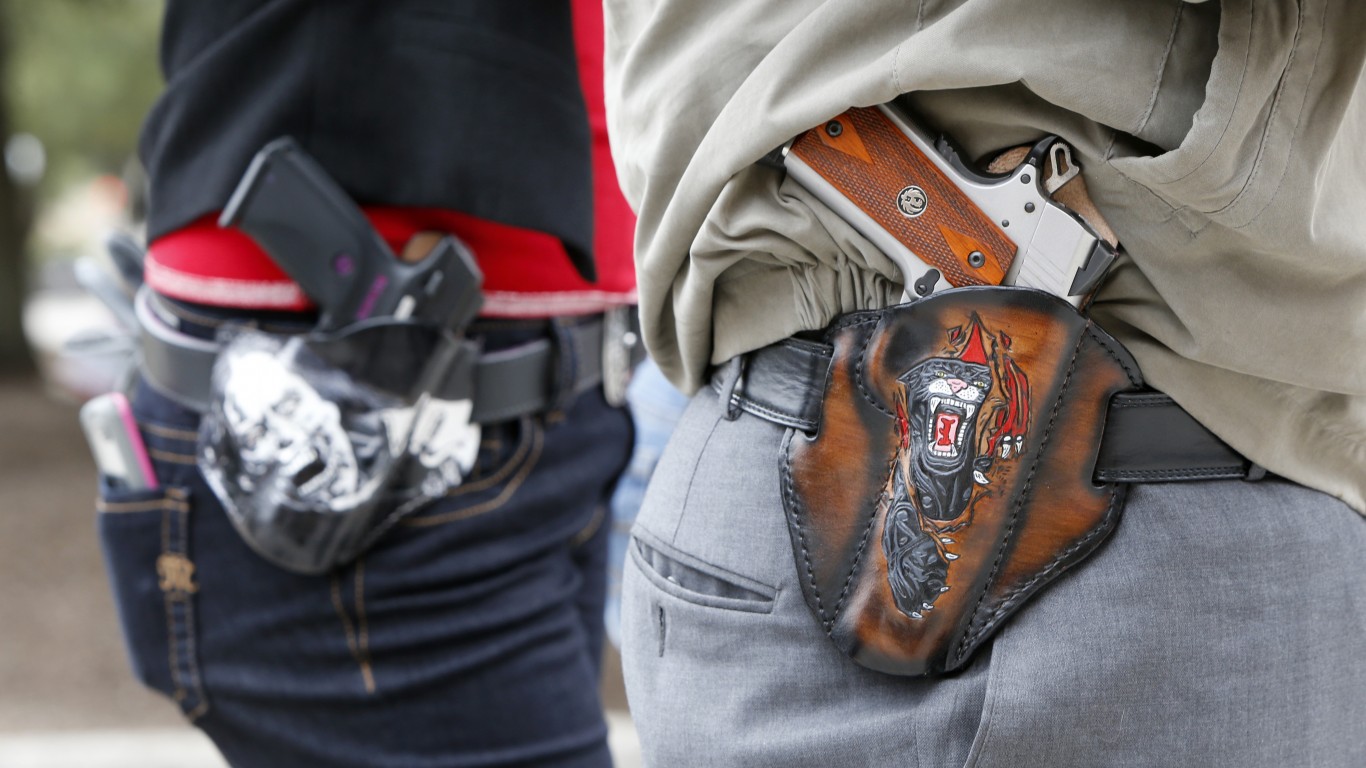
- State policy: Open carry of handguns in public places is generally prohibited in California. However, there are some exceptions. The sheriff or chief of police in any town under 200,000 residents may issue licenses for a loaded, exposed handgun.
5. Long-Gun Open-Carry Regulations
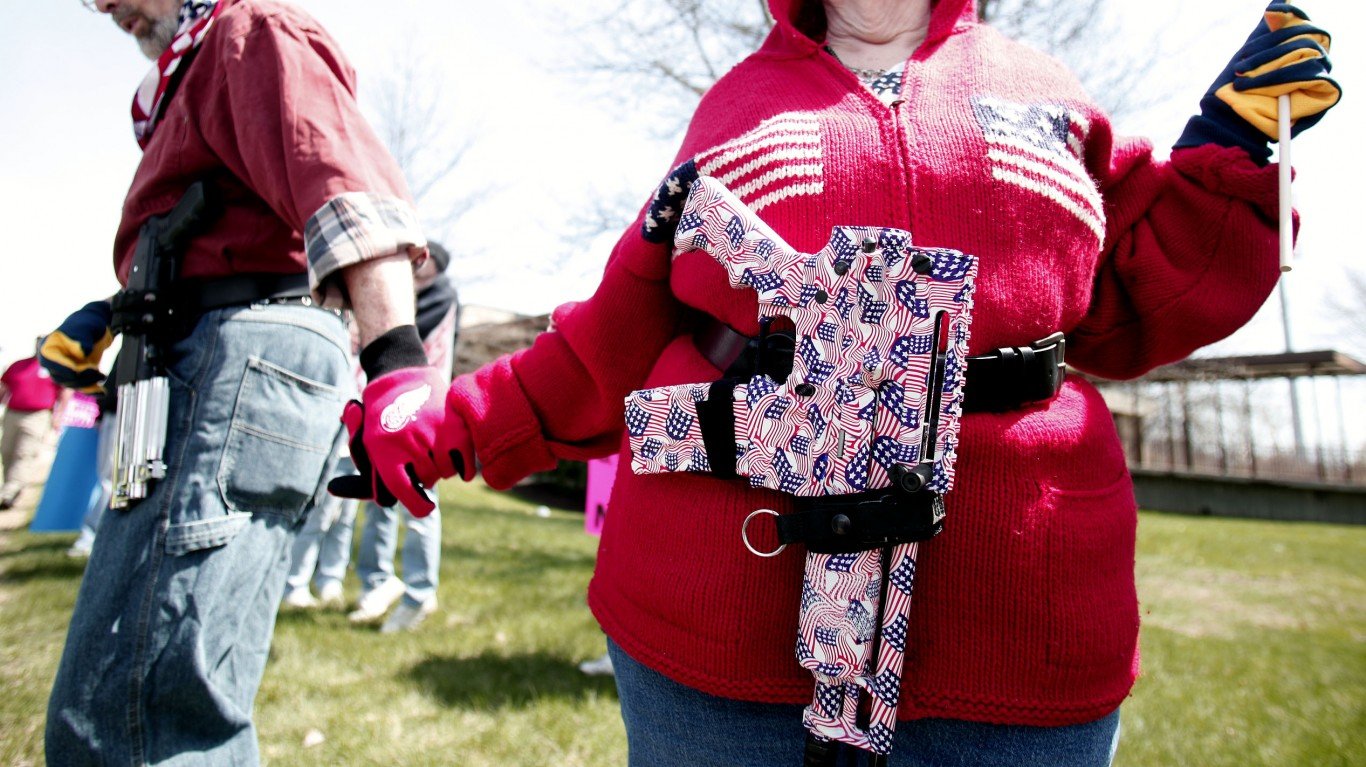
- State policy: Open carry of long guns, like rifles or shotguns, is generally prohibited in California, although there are a few exceptions for licensed hunters, peace officers, and military personnel.
6. Stand-Your-Ground Laws
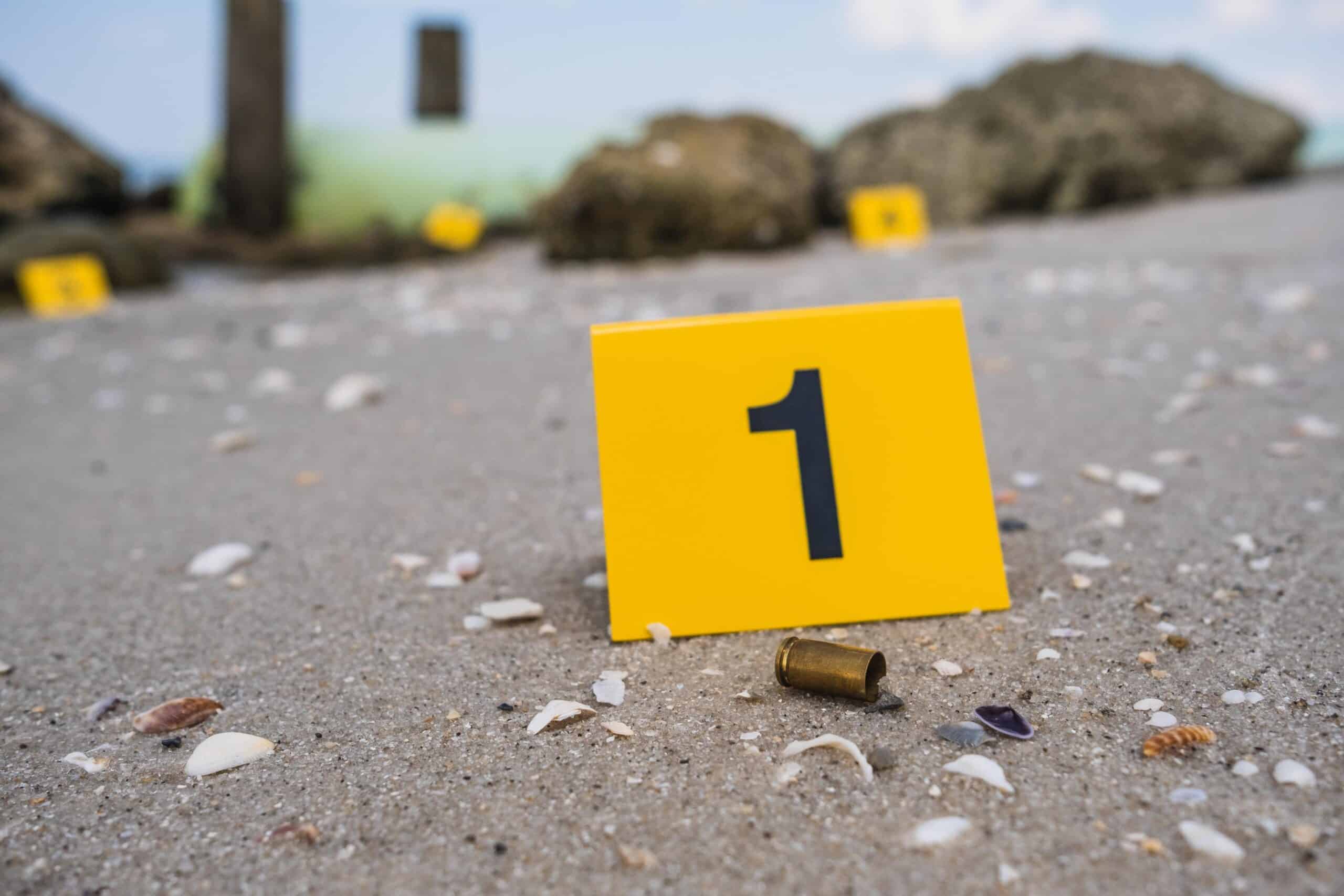
- State policy: The state does not have explicit stand-your-ground laws. However, courts have held that lawful gun owners do not have a duty to retreat from a public confrontation when an individual is threatened with death or serious bodily harm, and may defend themselves if such a situation arises.
7. Guns in Schools

- State policy: In California, firearms can only be carried in K-12 schools by school security officers. Ammunition may be carried onto school grounds if in a locked container or in the locked trunk of a car. Guns are generally prohibited on college campuses, though may be allowed if the college has granted written permission.
8. Mandatory Waiting Periods for Firearm Purchases
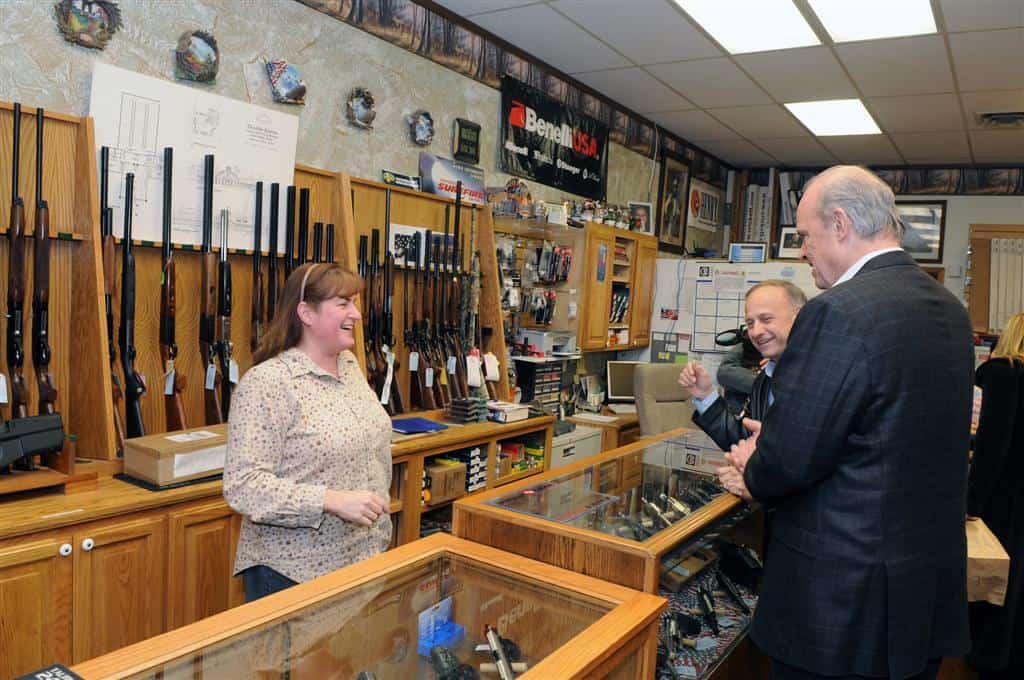
- State policy: In California, there is a mandatory 10-day waiting period for the purchase of all firearms.
9. Assault-Style Weapons
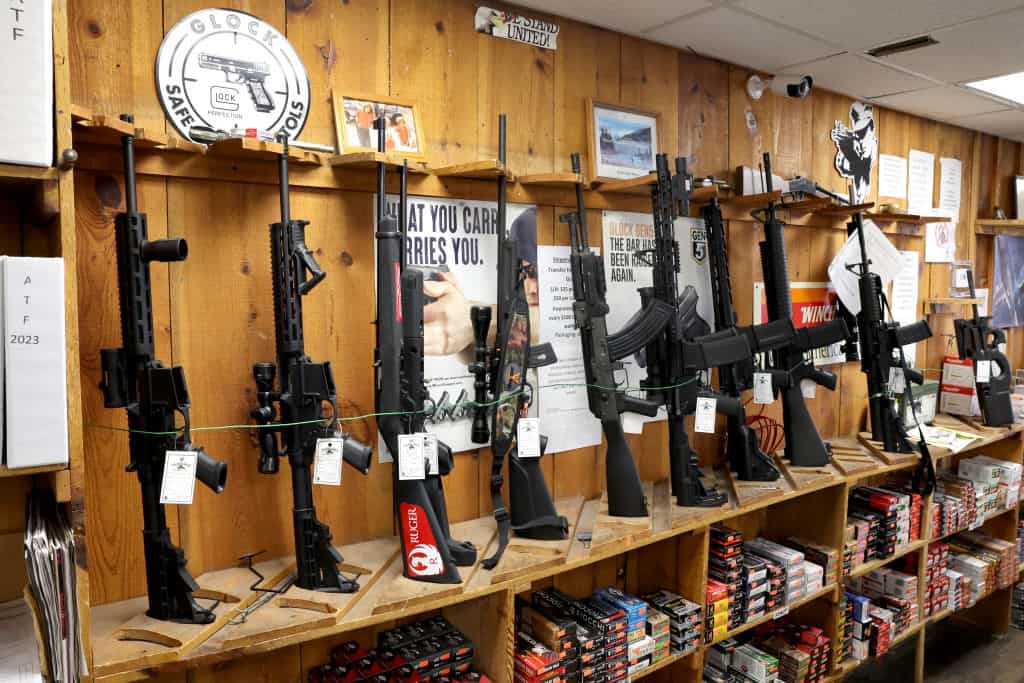
- State policy: Assault weapons are effectively prohibited in California. The state bans certain assault-style firearms by name, and others by certain features, including rifles with a pistol grip beneath the action and rifles with a folding or telescoping stock. California does offer exceptions for assault weapons acquired before the ban went into effect in 1989 if the guns were registered with the Department of Justice within certain time frames.
10. High-Capacity Magazines
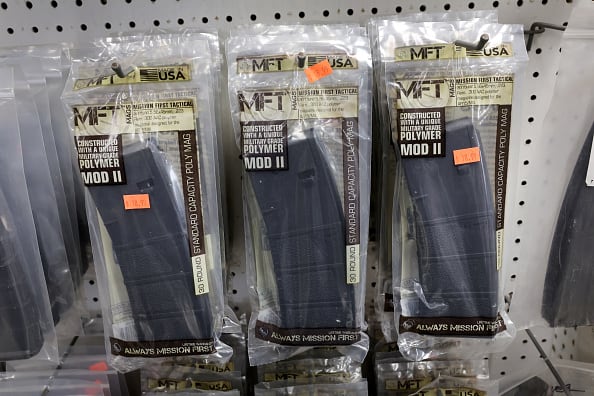
- State policy: All firearms in California are restricted to a 10-round maximum magazine capacity following the passage of Proposition 63 in 2017.
11. Licensing Requirements
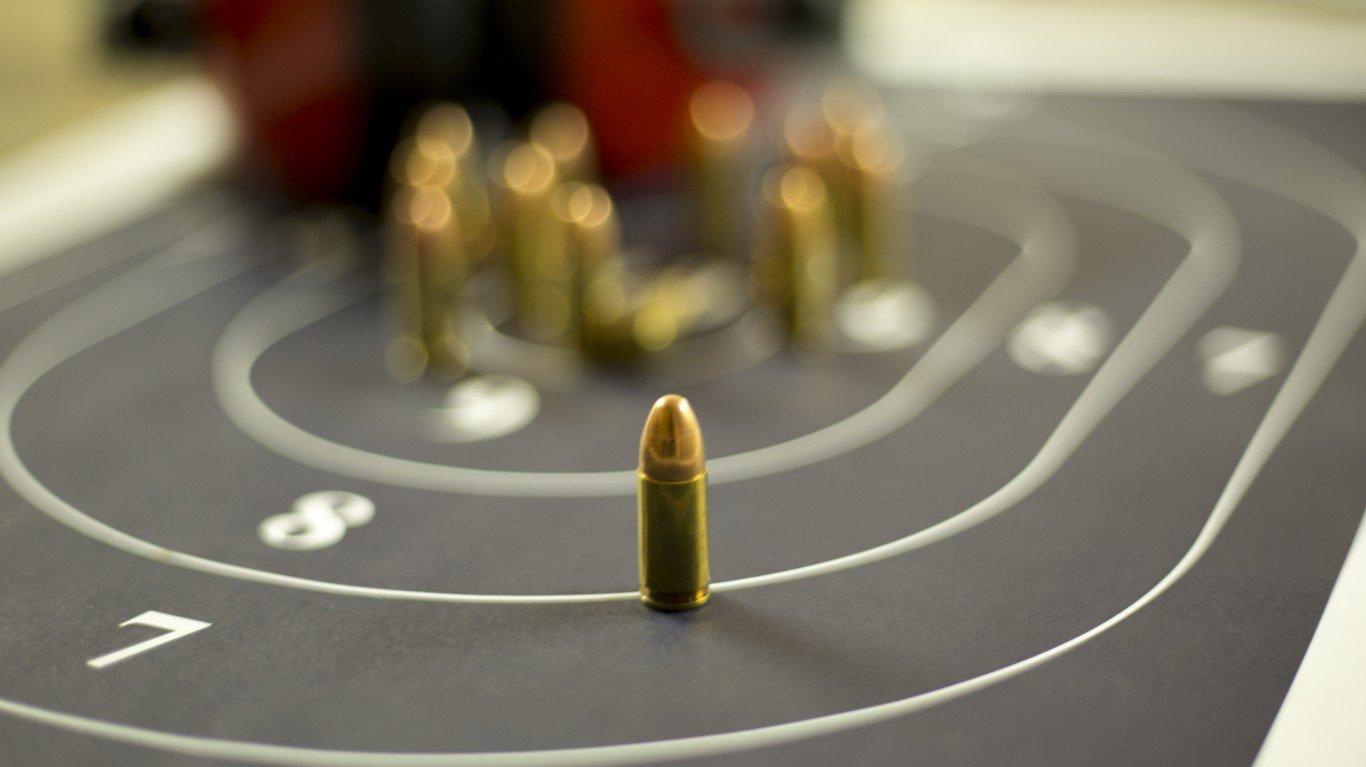
- State policy: A license is required to own any firearm in the state of California. Once issued, the Firearm Safety Certificate is valid for five years before it must be renewed.
12. State-Level Prohibitions On Who Can Own Firearms
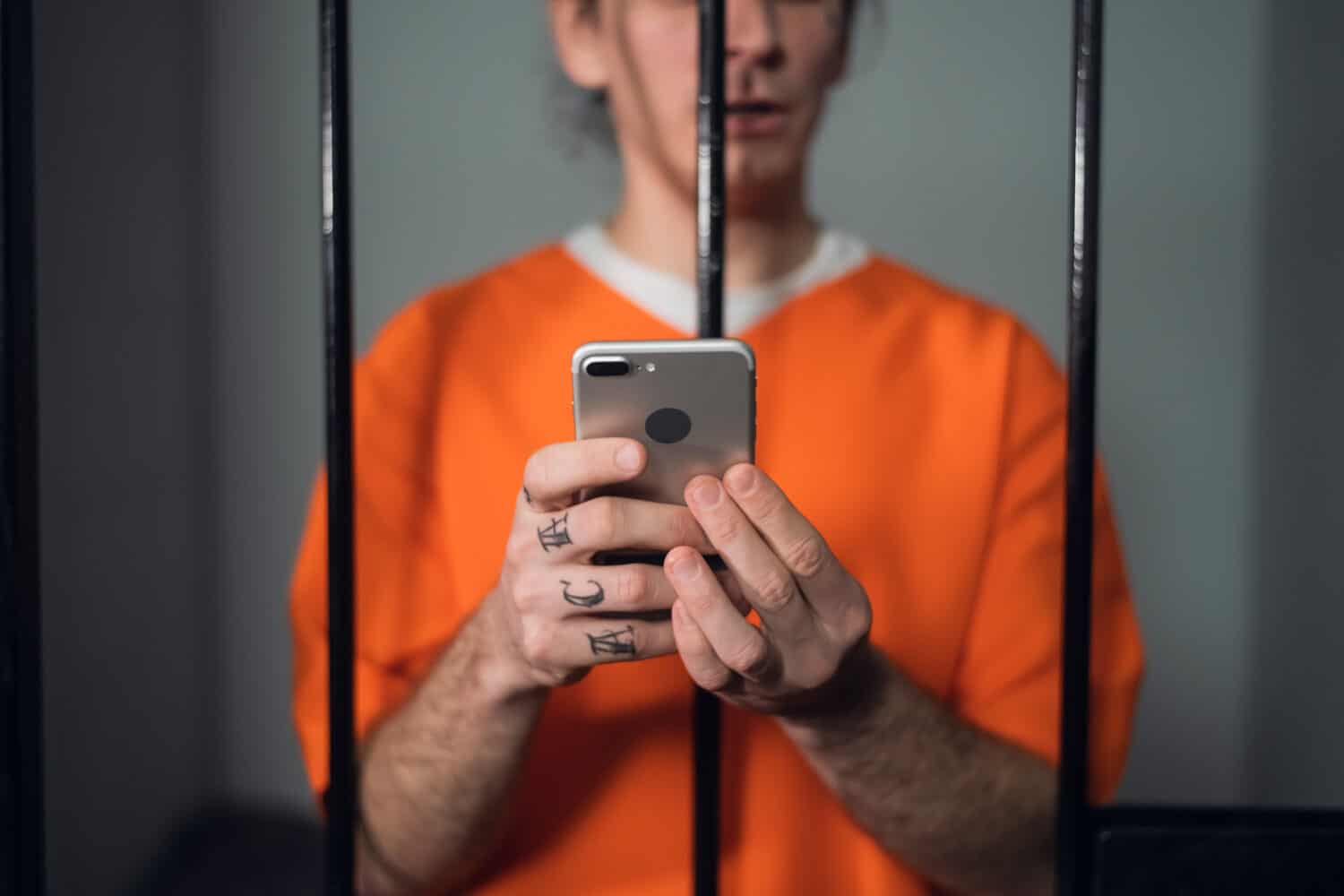
- State policy: In California, individuals who have been convicted of a violent or gun-related misdemeanor, individuals struggling with alcohol abuse, and adults who were adjudicated for certain juvenile offenses are subject to firearm access prohibitions.
13. Domestic Violence

- State policy: In 2018, California passed legislation that put a lifetime prohibition on gun purchasing for anyone who purposefully inflicted a corporal injury causing a traumatic condition to a current or former partner, or against the mother or father of the offender’s child. Defendants may also not buy or possess a gun if they’ve been charged with, but not yet convicted of, domestic violence.
14. Minimum Age Requirements for Handguns
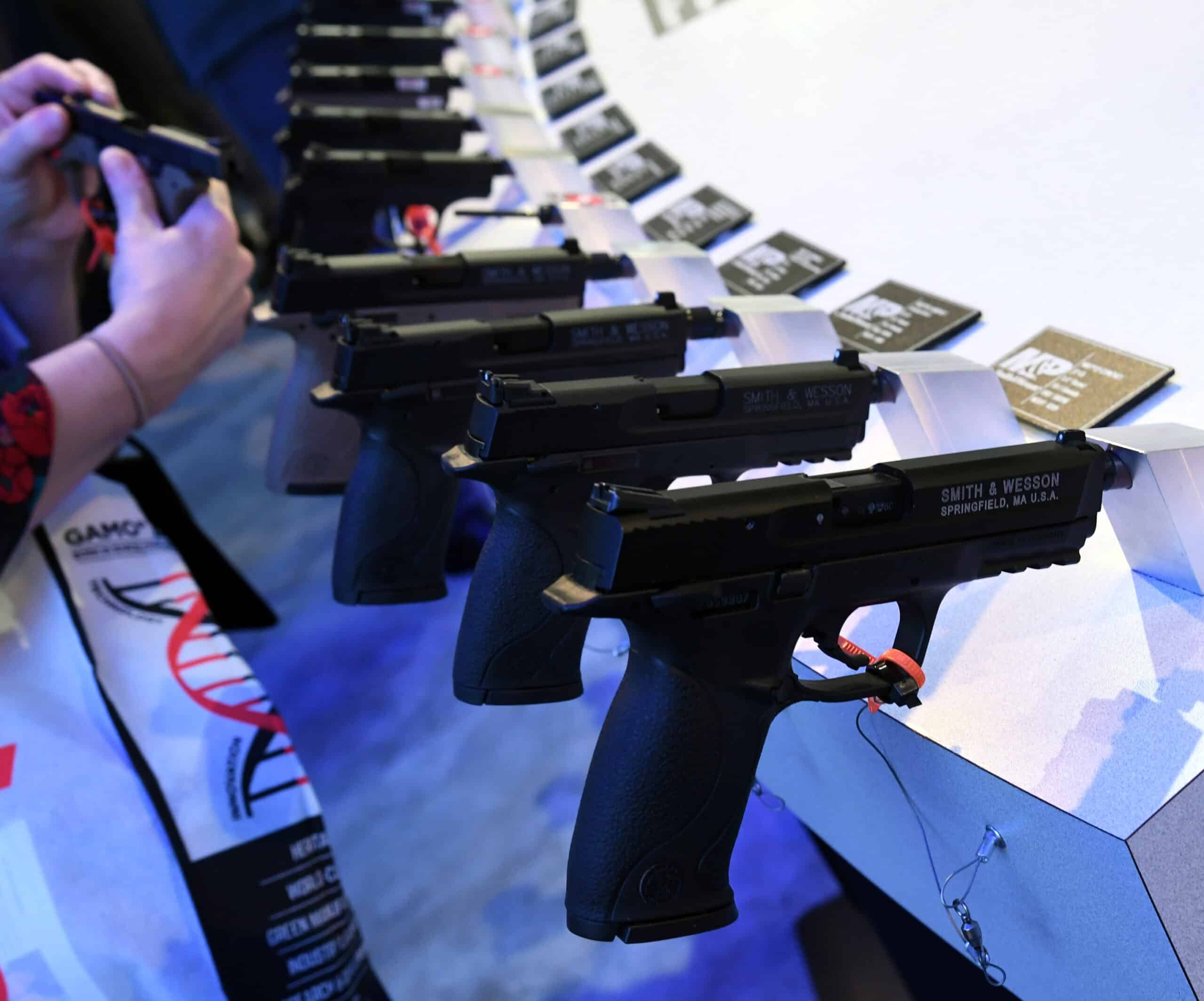
- State policy: In California, individuals must be at least 21 years old to purchase a handgun and at least 18 years old to possess a handgun.
15. Minimum Age Requirements for Long-Guns
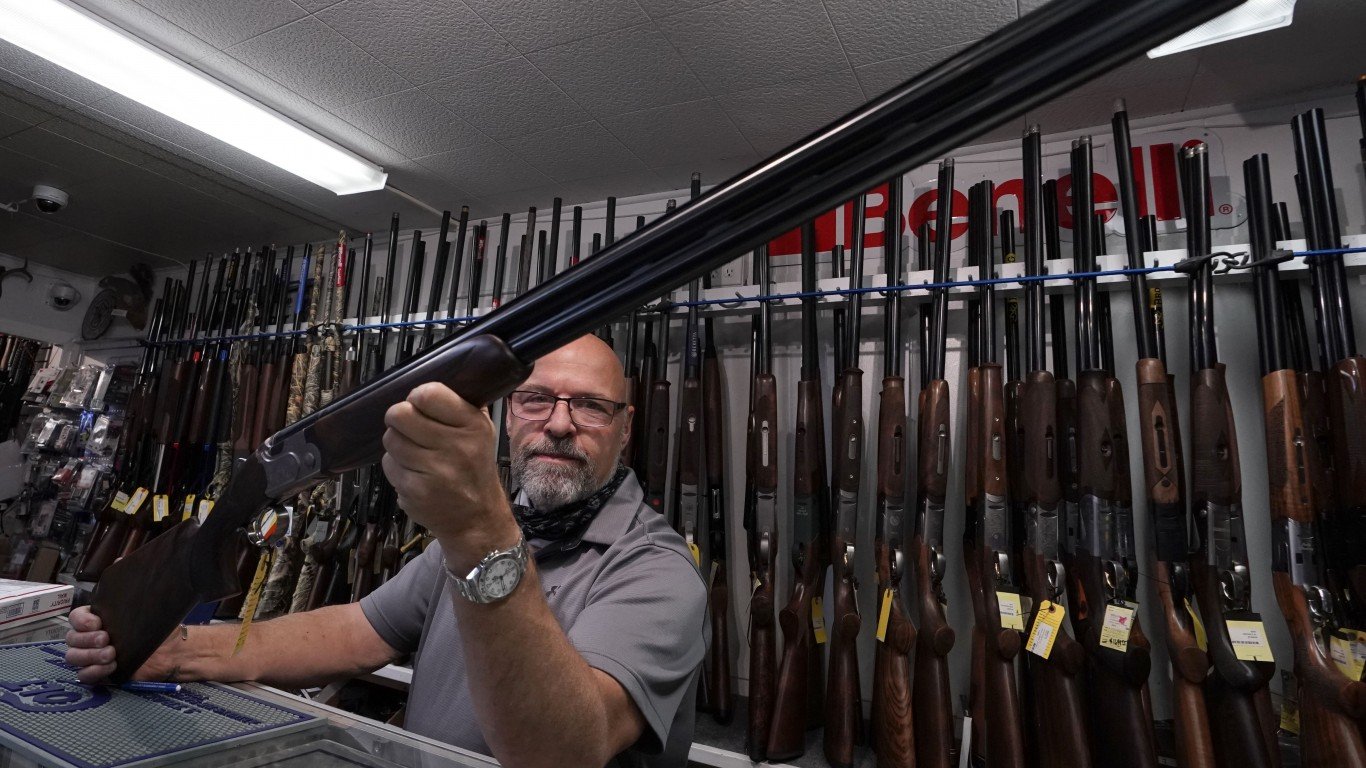
- State policy: In California, individuals must be at least 21 years old to purchase a long gun — like a rifle or shotgun — and at least 18 years old to possess a long gun.
16. Laws on Bulk Purchasing
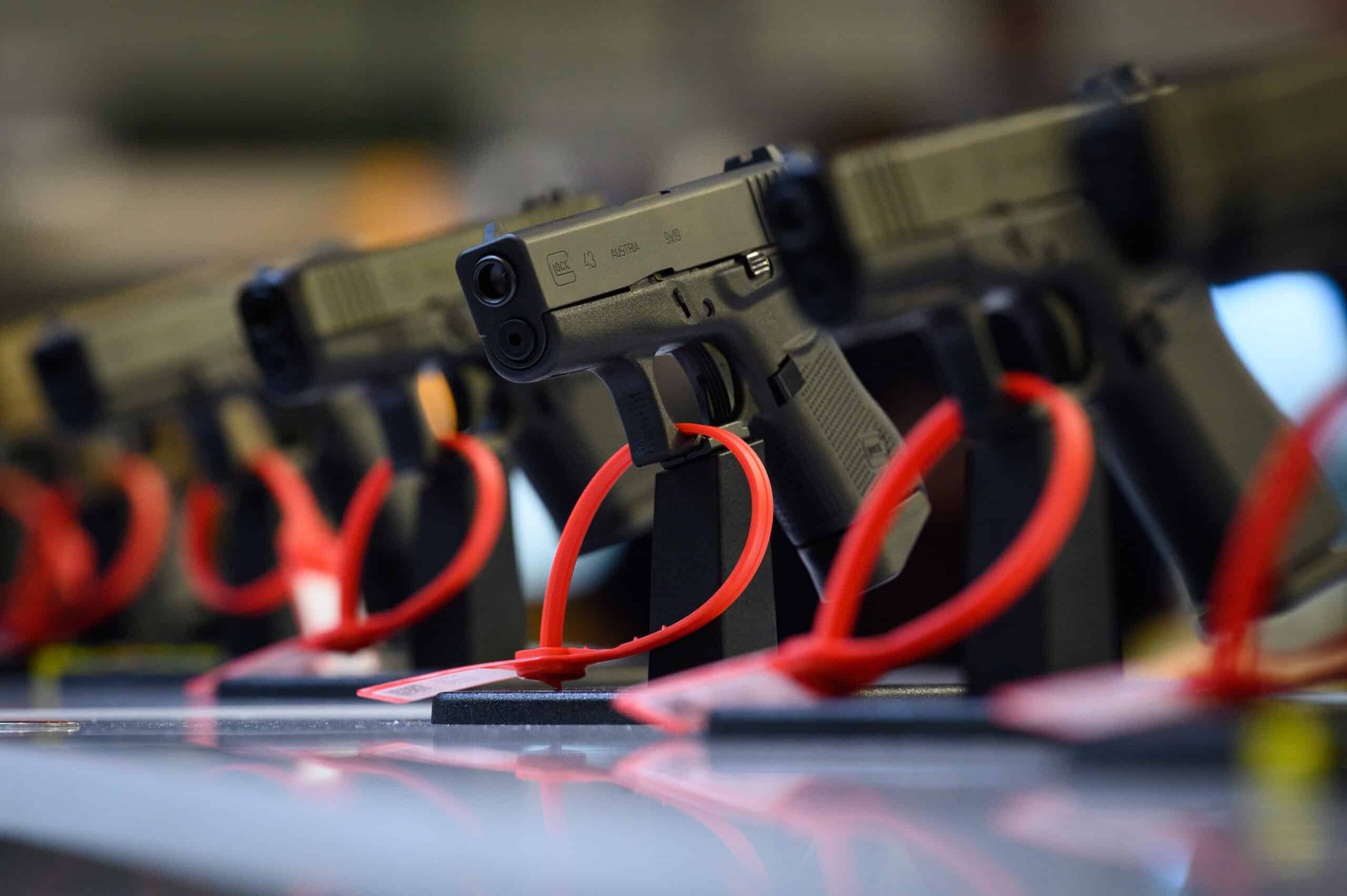
- State policy: For quite a while, California did not allow the purchase of more than one handgun per month; in 2021, the state expanded the law to also include semiautomatic rifles. However, this law was overturned in 2024 when the courts found it to be unconstitutional.
The post Why Does California Get an A in Gun Control? appeared first on 24/7 Wall St..






















































